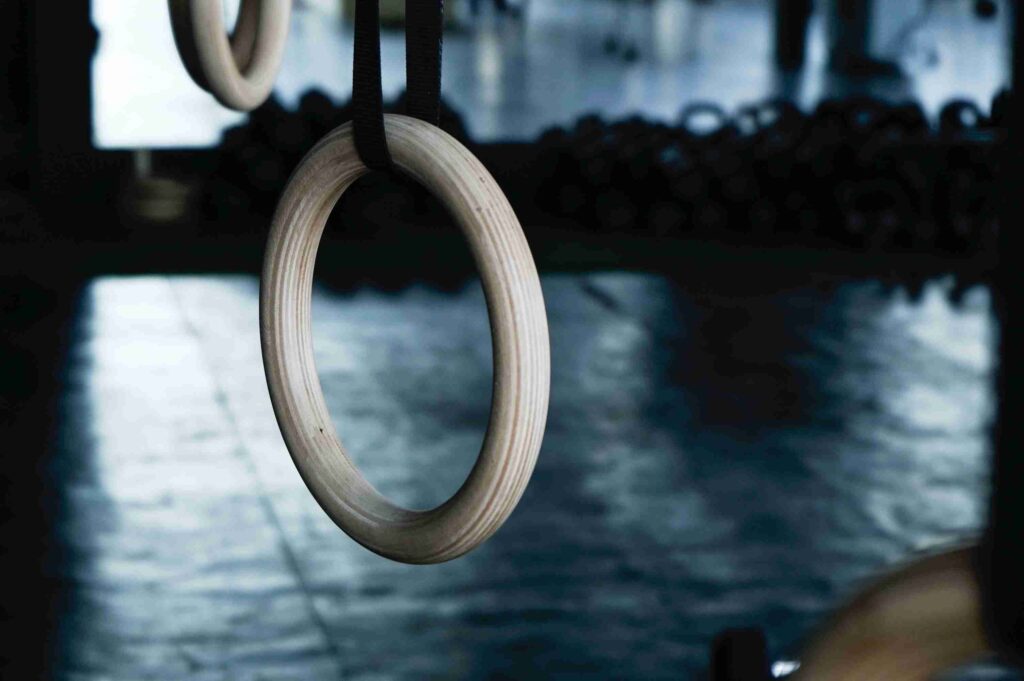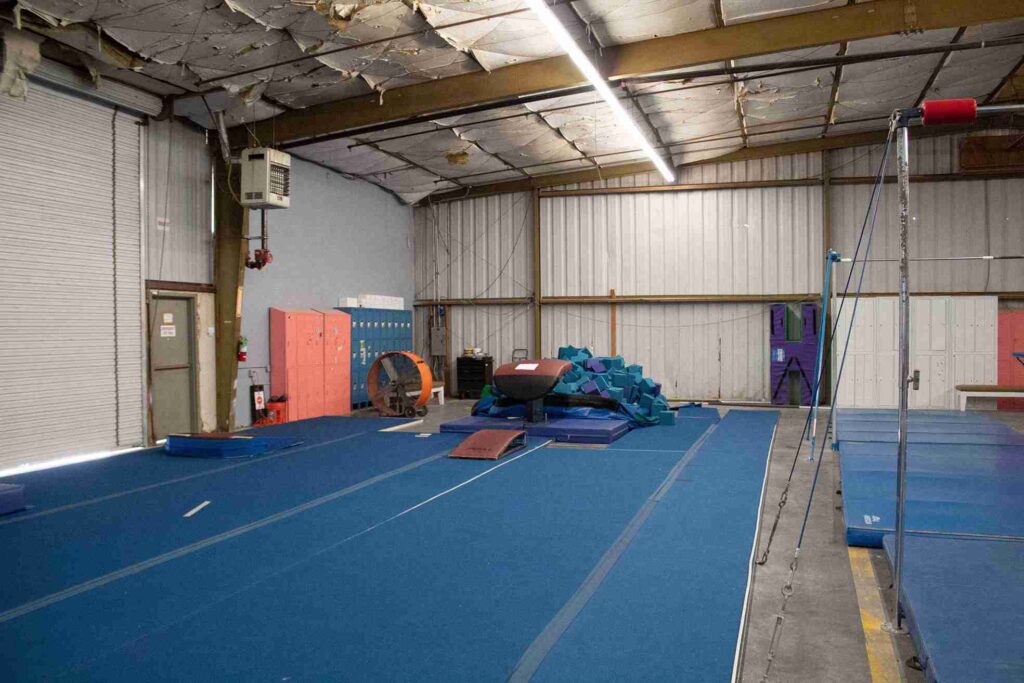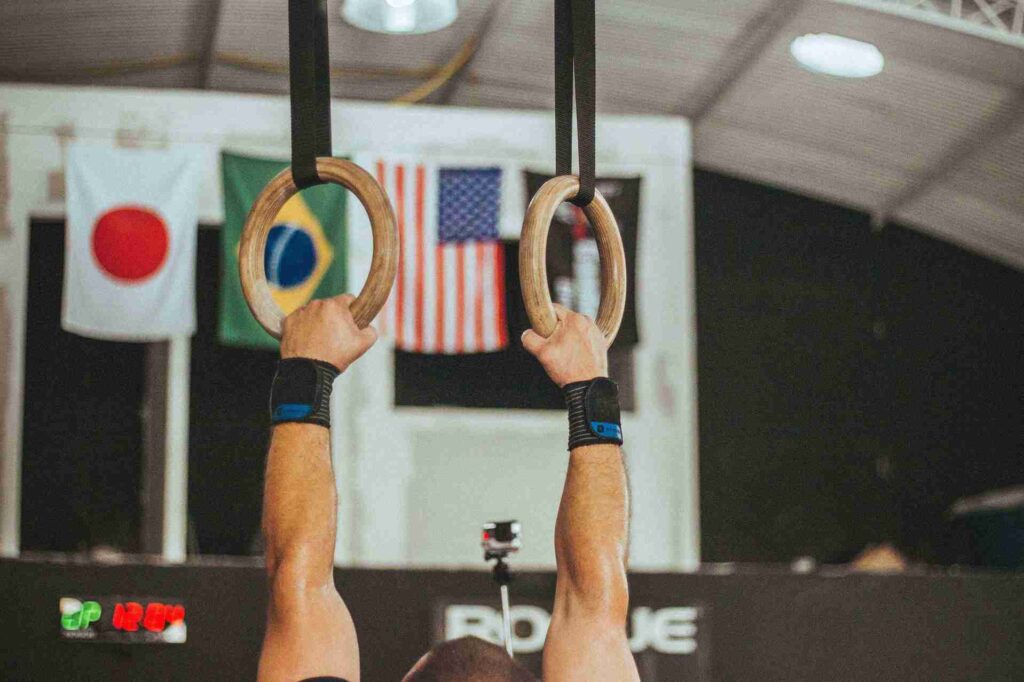Gymnastics is a physically demanding sport that requires strength, flexibility, balance, and precision. While it offers numerous physical and mental benefits, it also carries a risk of injury due to the high-impact nature of the sport.
In this article, we will explore the most common gymnastics injuries and provide valuable insights on how to prevent them, ensuring that gymnasts can enjoy the sport safely.

Common Gymnastics Injuries
- Ankle Sprains: Ankle sprains are one of the most prevalent gymnastics injuries. They often occur during landings, twists, or vaulting. These injuries can range from mild to severe and may require extensive rehabilitation.
- Wrist Fractures: Gymnasts frequently use their wrists to support their body weight. This repetitive stress can lead to wrist fractures or overuse injuries like tendonitis.
- Achilles Tendon Injuries: Overstretching or straining the Achilles tendon can result in injuries like tendonitis or even tears. These injuries often occur when performing jumps and dismounts.
- Knee Injuries: Gymnasts are at risk of various knee injuries, including patellar tendonitis and anterior cruciate ligament (ACL) tears. These can result from the strain placed on the knee during landings and twisting movements.
- Shoulder Injuries: The shoulders are highly involved in gymnastics, especially in events like the uneven bars and rings. Overuse injuries, dislocations, and rotator cuff problems can occur.
- Back Injuries: Gymnasts may experience lower back pain or stress fractures due to the repetitive bending, arching, and twisting movements involved in the sport.
READ: The Top Healthiest Fats to Eat

How to Prevent Gymnastics Injuries
- Warm Up Properly Before Each Practice and Competition: A thorough warm-up is essential to prepare your body for the demands of gymnastics. It should include dynamic stretches and exercises that target the muscles and joints you will use during your routine.
- Stretch Regularly: Flexibility is crucial in gymnastics, and regular stretching can help prevent injuries. Focus on stretching the major muscle groups and joints, including your wrists, ankles, shoulders, and hips.
- Use Proper Technique When Performing Skills: Technique is paramount in gymnastics. Ensure that you receive proper coaching and follow the correct form for all your routines. Learning skills step by step and progressively can reduce the risk of injury.
- Listen to Your Body and Take Breaks When Needed: Pay attention to any signs of fatigue or pain. Pushing through pain can lead to injury. It’s essential to communicate with your coach and take appropriate breaks when necessary.
- Wear Supportive Shoes and Other Protective Gear: For training and practice, consider wearing supportive athletic shoes with proper arch support. Depending on your discipline, wrist supports and grips may also be necessary to protect your wrists.
READ: Weight Management for Beginners: A Step-by-Step Guide

Gymnastics is a beautiful and challenging sport that demands dedication, precision, and skill. To enjoy it safely and reduce the risk of injury, gymnasts must take proactive steps to prevent common injuries.
Warm-up routines, regular stretching, proper technique, attentive self-care, and the use of protective gear can go a long way in ensuring that gymnastics remains a rewarding and injury-free pursuit. Remember that the health and safety of athletes should always be a top priority in gymnastics.


